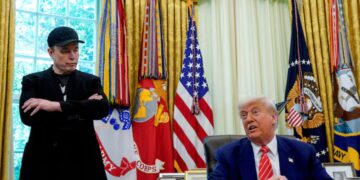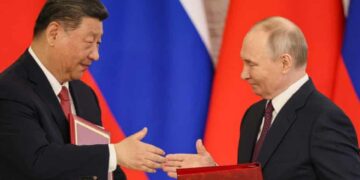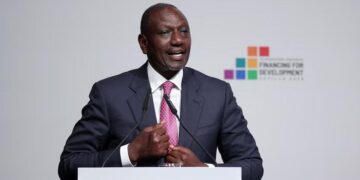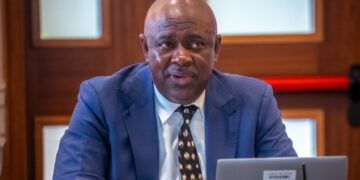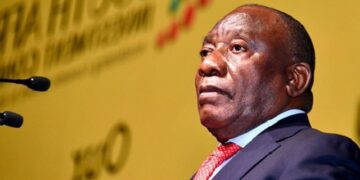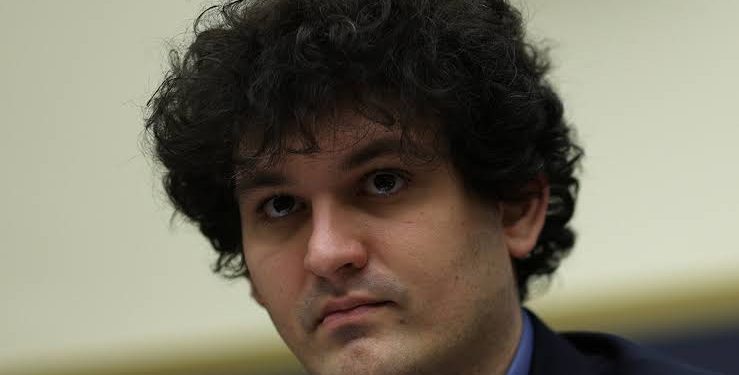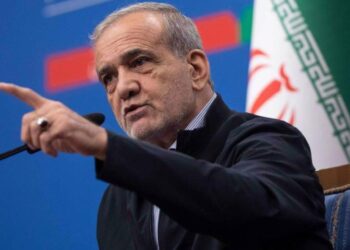By John Ikani
Former FTX CEO Sam Bankman-Fried is facing new allegations from the US Government, which has accused him of paying a $40 million bribe to Chinese officials in exchange for unfreezing trading accounts linked to FTX’s sister company, Alameda Research.
The bribe, which was allegedly paid in cryptocurrency, has been added to the 12 counts that Bankman-Fried already faces. He was initially charged with eight counts in December 2021 and extradited from the Bahamas.
Prosecutors claim that Bankman-Fried repeatedly attempted to unfreeze the Alameda Research accounts, including by hiring attorneys to lobby on the company’s behalf in China.
He also allegedly used personal identifying information of unaffiliated individuals in an attempt to transfer funds and circumvent the freeze orders put in place by Chinese authorities.
The indictment alleges that after months of failed attempts to unfreeze the accounts, Bankman-Fried directed the $40 million bribe payment.
According to the indictment, an Alameda employee sent crypto payment instructions for at least a portion of the bribe payment to other Alameda employees.
The charge against Bankman-Fried comes after a former FTX employee, Nishad Singh, reached a plea deal with prosecutors last month.
Singh, along with former Alameda boss Caroline Ellison and FTX co-founder Gary Wang, agreed to help the government build its case against Bankman-Fried.
Bankman-Fried is currently out on bail and awaiting trial provisionally set for October. However, Judge Lewis Kaplan, who is overseeing the case, has ordered that Bankman-Fried’s bail conditions be changed, restricting him to the use of a monitored laptop and a phone that does not connect to the internet.
The government had previously accused Bankman-Fried of attempting to contact a former FTX employee, as well as John Ray, the new CEO of FTX, and of using a virtual private network.
A spokesperson for Bankman-Fried declined to comment on the new allegations. FTX collapsed in November 2021 after it was unable to meet a wave of withdrawal demands from customers.









